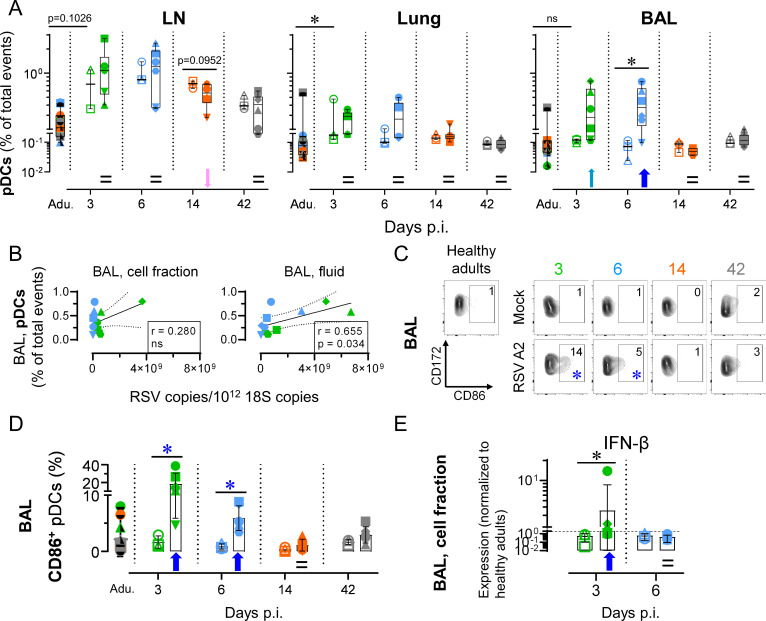Fig 2. Neonatal RSV A2 infection induces bronchoalveolar space recruitment of activated pDCs.
(A) Neonatal RSV A2 infection induces an early and transient bronchoalveolar space colonization by pDCs, but not in peribronchial LNs or lung tissue. (B) Correlation coefficient (r) obtained with pDC counts calculated as a function of RSV A2 copies/1012 18S copies. Significance was reached for BAL fluid but not for BAL cellular fraction. (C-D) A high frequency of recruited pDCs in bronchoalveolar space upregulate CD86. (C) Representative FCM contour plots. Numbers indicate the mean percentage of animals per group per time point. Blue asterisks indicate significant differences between RSV A2 and Mock groups for a given time point. (D) As in (C), but with plot displaying all individuals. (E) Type I IFN quantification by qPCR in the BALs of RSV A2 infected neonates and healthy controls. (A-E) Each symbol represents an individual animal (healthy adults, n = 12; mock neonates, n = 3 per time point; neonates infected with RSV, n = 6 per time point). Boxplots indicate median value (center line) and interquartile ranges (box edges), with whiskers extending to the lowest and the highest values. Adu., healthy adults. Groups were compared using Mann–Whitney U-tests (A, C-E). Stars indicate significance levels. *, p < 0.05.

